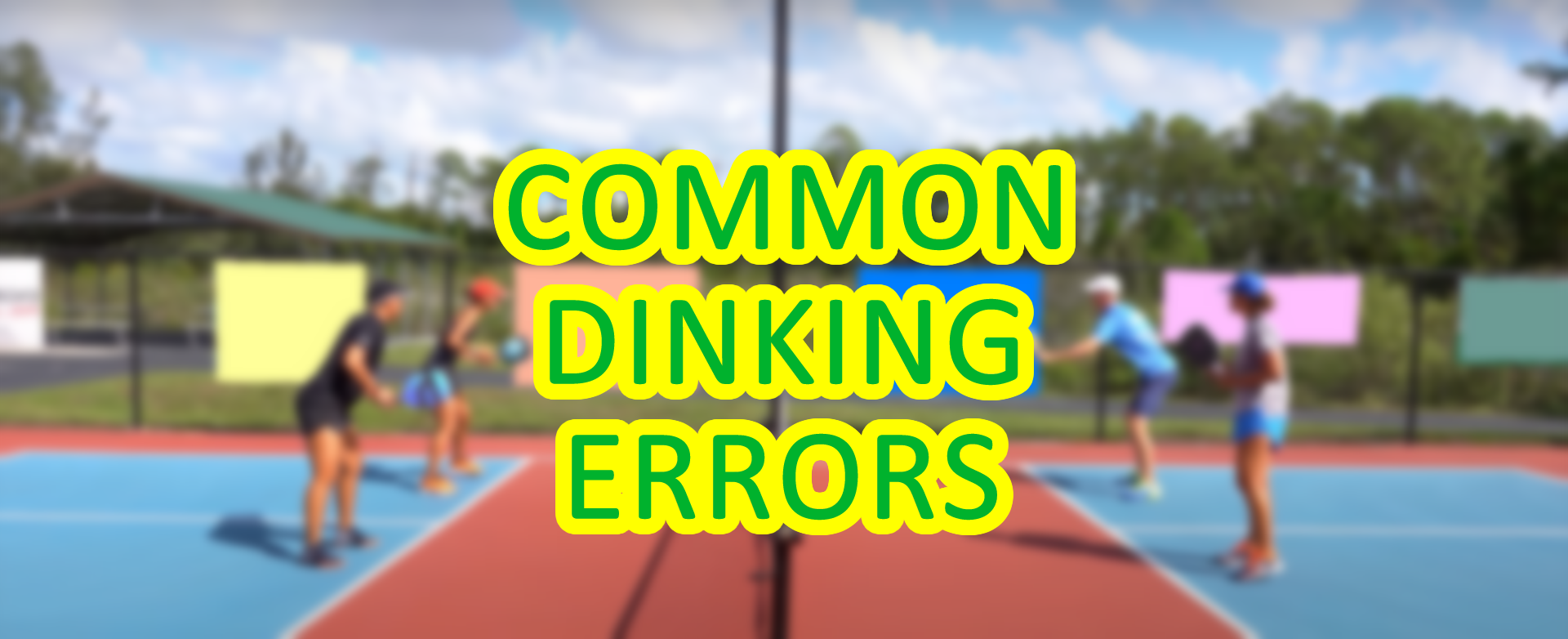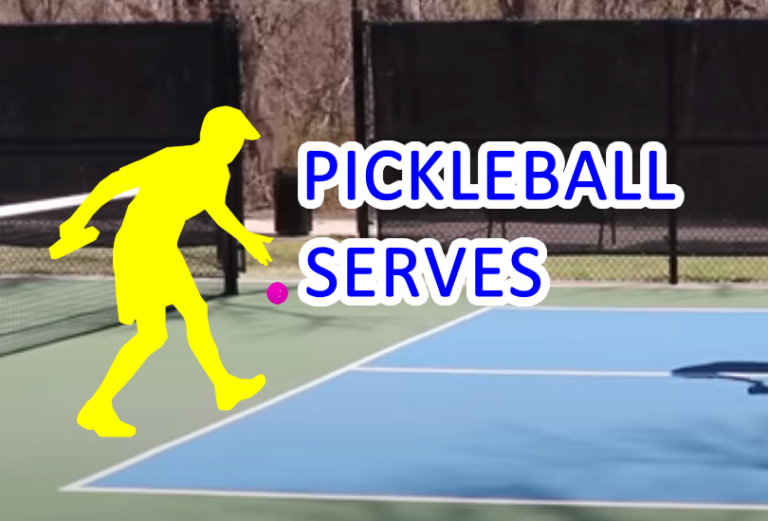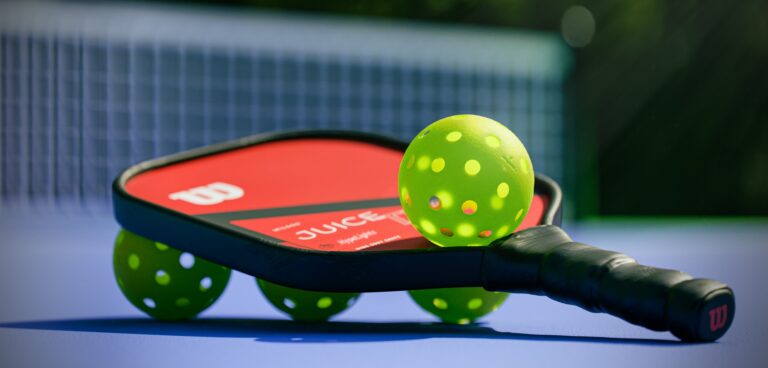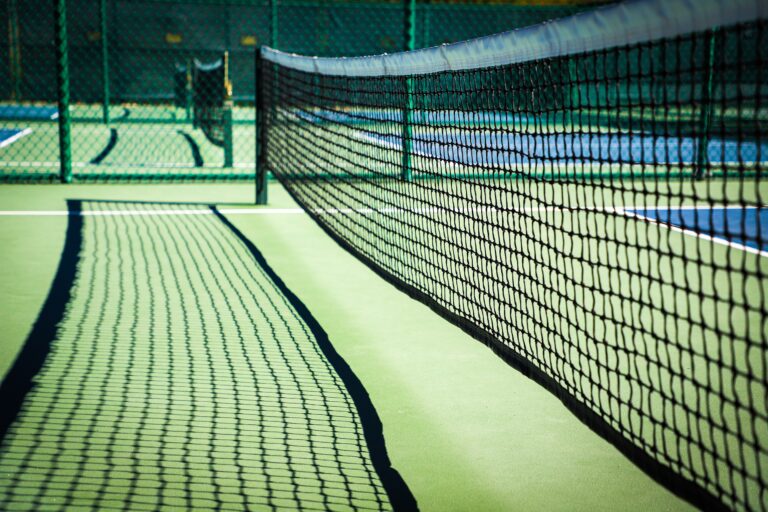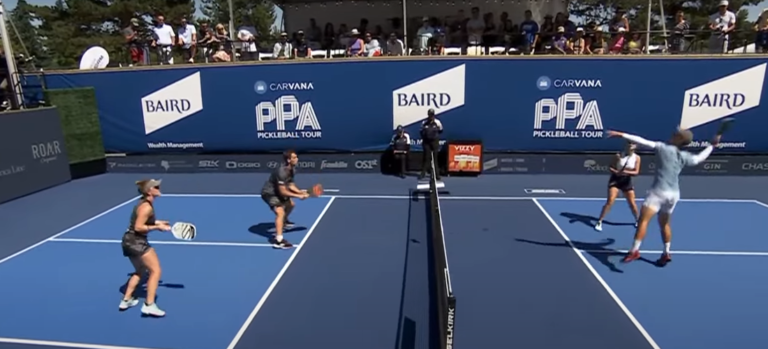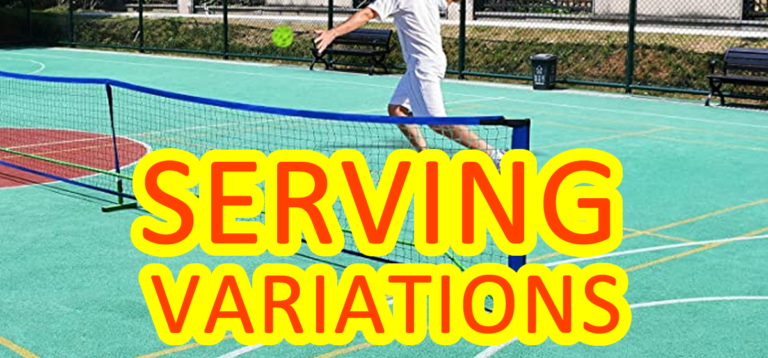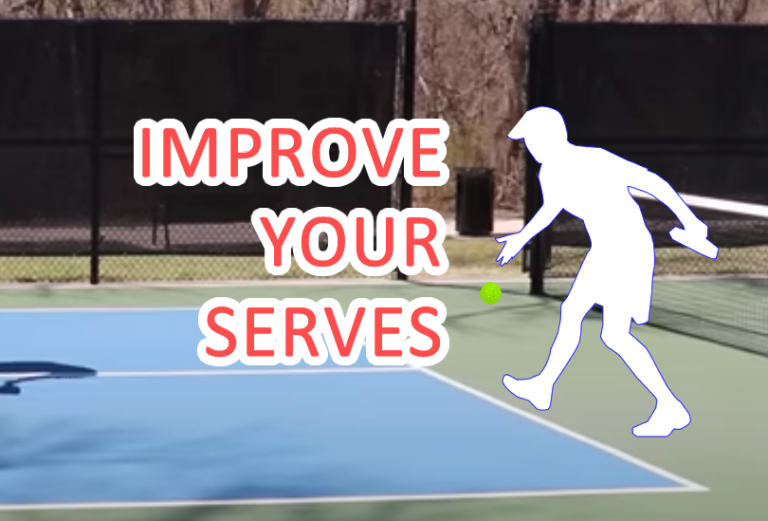Dinking Errors You Might Be Making
Pickleball dinking errors are some of the most common mistakes made by players of all levels. While they may seem simple, these errors can have a major impact on your game and can be difficult to master. Dinking is an essential skill in pickleball as it requires precision, control, and accuracy. From beginners to advanced players, understanding the basics of proper dinking technique is key to improving your game. Common dinking errors include incorrect positioning, improper contact with the paddle, poor footwork, or lack of power when hitting the ball. Knowing how to identify and fix these issues will help you become a better player overall!
Incorrect Positioning
One of the most common errors made when playing pickleball is failing to position yourself correctly. Proper positioning is essential for proper shot selection and execution. When a player gets out of position, they can become vulnerable to their opponents’ shots, often leading to missed opportunities or opponent points. Good positioning also helps players quickly get in place for their next shot. Players should strive to maintain proper positioning as often as possible and adjust quickly when needed.
Improper contact with the paddle
Improper contact with the paddle causes less control of the shots leading to pop-ups and other mistakes. This is usually caused by excessive wrist motion on your forehand dinks or using your elbow too much on your backhand dinks. To correct for both, swing from the shoulder instead. Using your shoulder as the pivot for your shot will keep your paddle face in a more stable position giving you more control on the speed and height of your dinks.
Popping up the ball off the paddle
A lot of beginner players dink by just letting the ball bounce off of their paddles. Dinking this way gives you very little control of the ball and most often leads to pop-ups. Fix this by using a tossing motion instead, using the entire arm to push the ball over the net.
Gripping the paddle too tight
Another common mistake is gripping the paddle too tight. This also causes less control of the ball and leads to pop-ups. Having a too tight grip can also result in muscle tension and fatigue. Over time, that tight grip can result in wrist pain or even injury. To avoid this issue, be sure to keep your grip relaxed. Your fingers should remain slightly curled around the paddle handle rather than clenched tightly. Most experts recommend a grip pressure between 3 to 4. This is using a scale of 1 to 10 where 1 is very loose and 10 is very tight.
Reaching for the ball
Another mistake is to reach for the ball when dinking. When you reach for the ball your body is out of alignment to properly execute a shot. In addition, reaching causes stress on your hips, knees, and feet which can lead to injuries. Instead of reaching, shuffle sideways until the ball is more to your front instead of to the side. This will bring you into a better position to return the shot.
Using a wide cross-step to a backhand
During a dinking rally you’ll probably get a ball going to your backhand side. Don’t be tempted to do a cross-step to return the ball with your backhand. There are a couple of reasons why this is not recommended. First, when you do a cross-step you put your shoulder in an awkward position to make a stroke. Avoid this especially when you are trying to return a dink on the bounce. Your shoulder will be too low and more often than not the ball will go into the net.
Also, the cross-step pulls you out of ready position. This will give you less time to react to the next return shot from your opponent. In addition, the cross-step creates a lot of room behind you. This opens up a space where your opponent can return the ball unless your partner can cover it in time. Instead of a cross-step, laterally move along the non-volley zone line using shuffle steps. This keeps you squared up to the net and in better position to make your stroke. It is also easier for you to shuffle back and cover any open area. This should get you ready for the next return shot.
These dinking errors can be frustrating and demoralizing – but they don’t have to define your game. By following the tips we’ve outlined in this article, you’ll start to see an improvement in your pickleball skills. Use these tips to help you make fewer dinking errors on the court.
With practice, patience, and consistency you will soon master the perfect dink shot. So, get out there and give it a try! Remember: even if things aren’t going right at first, make sure to stay positive as that is key for success. Keep working hard towards becoming a better pickleball player each day; with dedication and effort you’ll eventually reach your goals. Good luck!
